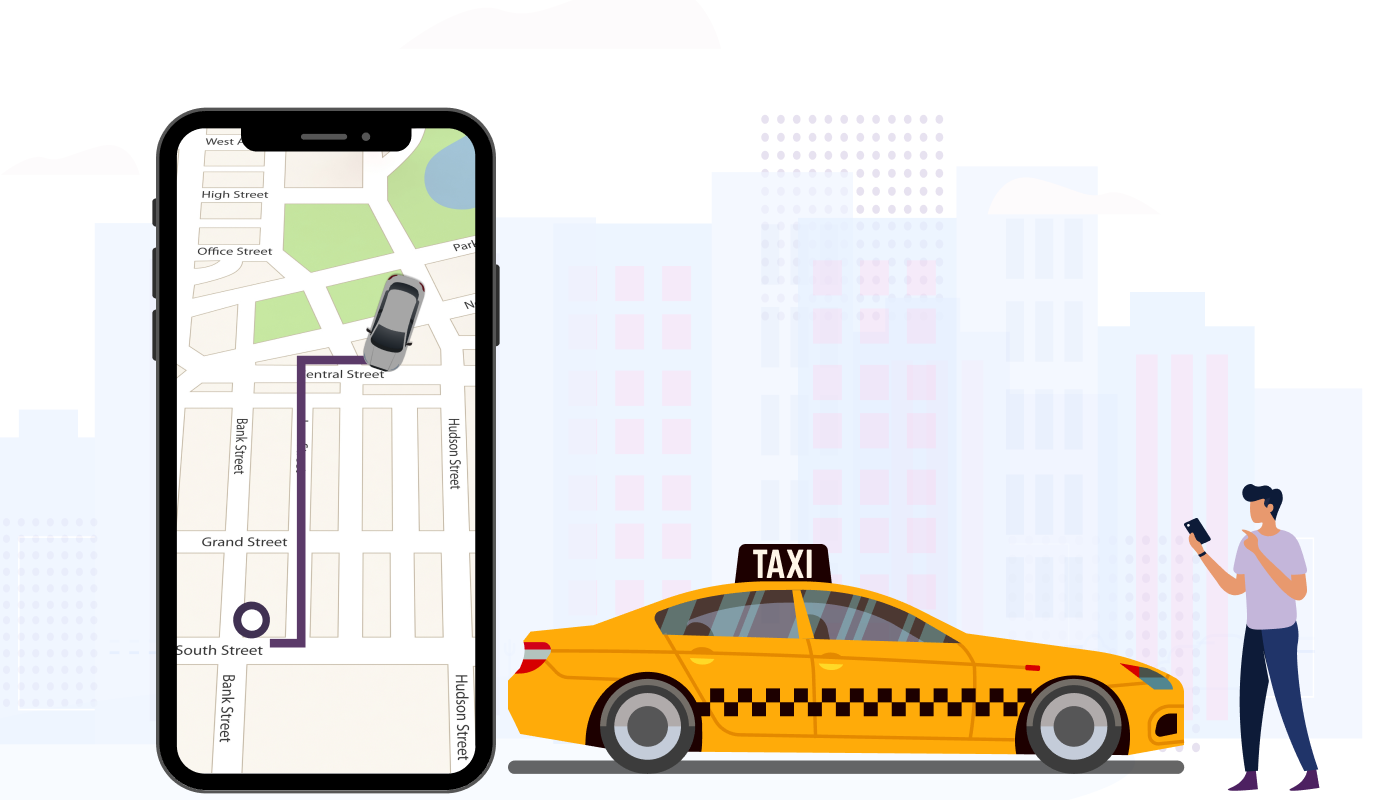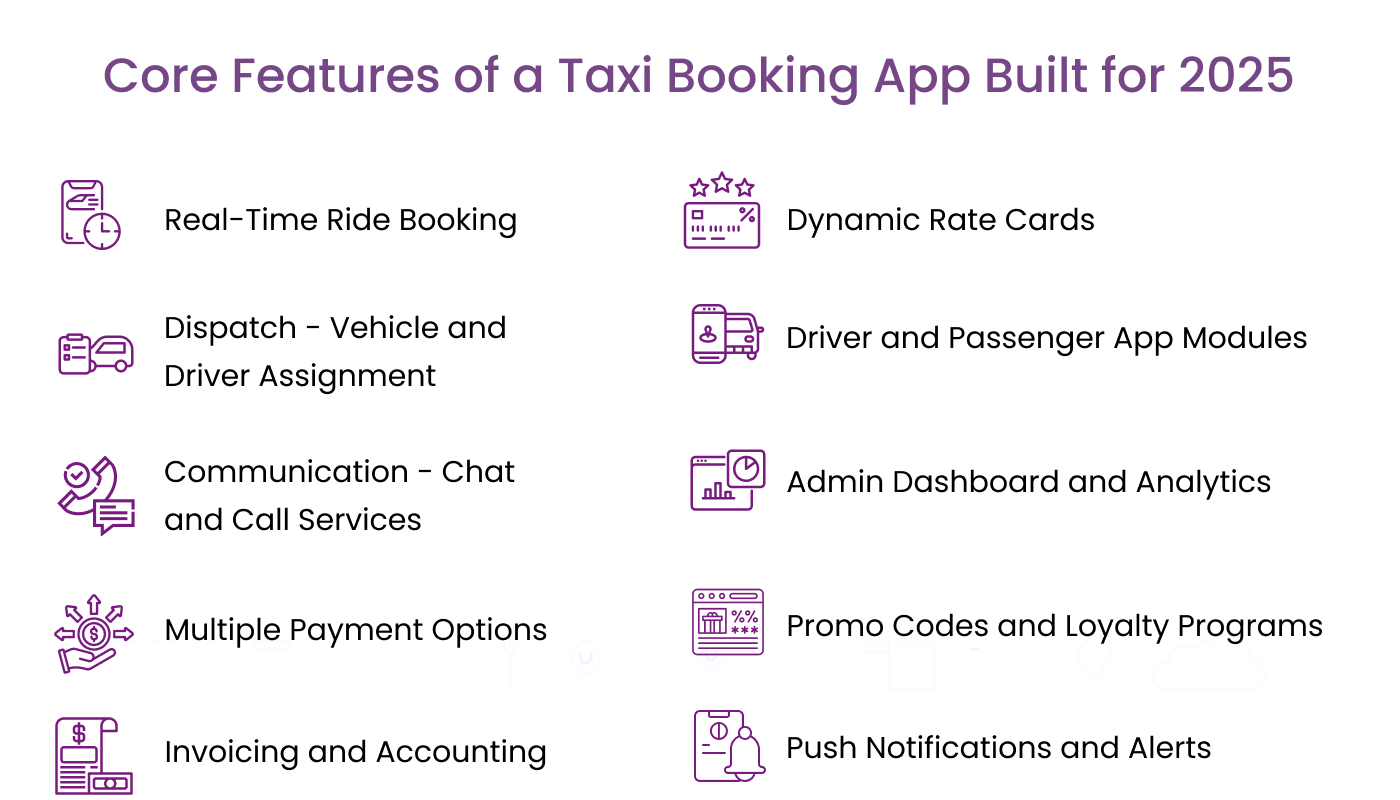Boost Your Taxi Service with Cutting-Edge Ideas and Uber-Like Apps in 2025

Introduction: Why 2025 Is a Game-Changer for Taxi Operators
The taxi industry is evolving rapidly. With rising customer expectations and competition from ride-sharing apps, taxi companies must innovate to stay relevant. If you're looking to boost your taxi business, now is the right time to explore new strategies, implement Uber-like app features, and adopt modern ride-sharing models.
Launch a Branded Taxi Booking App: The Smartest Way to Boost Your Taxi Business
In 2025, having your own branded taxi app isn’t just an option — it's a necessity if you want to boost your taxi business and stay competitive. Traditional phone-based bookings and aggregator dependency are quickly becoming outdated. Riders now demand real-time convenience, transparency, and a seamless mobile experience — exactly what a white-label taxi booking app can provide.
Why a Branded App Matters More Than Ever
A branded taxi booking software transforms your business into a digital-first operation. It gives you the power to:
- Build brand loyalty with your logo, color palette, and name displayed in app store
- Offer Uber-like app features to compete with industry giants
- Collect data on rider behavior, routes, peak times, and revenue
- Reduce operational chaos by automating bookings, dispatching, and driver allocation
- Improve customer experience with real-time updates, fare estimates, and digital receipts
Core Features of a Taxi Booking App Built for 2025
Here are the essential components your app should include to deliver a modern, scalable taxi service:

Customers can book rides instantly and see available drivers nearby.
2. Dispatch - Vehicle and Driver AssignmentEfficiently assign drivers and vehicles based on availability, location, and load to optimize fleet utilization and reduce wait times.
3. Dynamic Rate CardsFlexible pricing models that adjust based on demand, distance, time, and special services, ensuring competitive and fair fares.
4. Driver and Passenger App ModulesSeparate,user-friendly interfaces for drivers and riders with features like navigation, ride history, and feedback.
5. Live Tracking and Route OptimizationTrack rides in real-time with AI-powered route planning to minimize delays and fuel costs.
6. Communication - Chat and Call ServicesEnable seamless in-app communication between drivers and passengers for smooth coordination and enhanced safety.
7. Multiple Payment OptionsSupport various payment methods including UPI, credit/debit cards, wallets, corporate accounts, and cash.
8. Invoicing and AccountingAutomate fare calculation, generate digital invoices, manage payments, and keep detailed financial records to streamline accounting.
9. Admin Dashboard and AnalyticsA centralized dashboard offering insights on rides, earnings, cancellations, driver performance, and customer feedback.
10. Promo Codes and Loyalty ProgramsAttract and retain customers by offering discounts, referral rewards, and loyalty credits within the app.
11. Push Notifications and AlertsSend real-time updates about ride status, driver arrival, promotions, and safety tips to keep users informed.
Branding and Customization: Make It Uniquely Yours
One major advantage of a white-label taxi booking solution is full customization. Your app can reflect your business name, logo, tagline, and even the look and feel of your operations.
Zoyride lets you tailor everything — from driver commission structures to language support and location zones — so you can launch in one city or scale globally.
Creative Taxi Business Ideas That Work
If you're exploring new revenue streams, consider these innovative taxi business ideas:
- Subscription-based taxi passes for daily commuters
- Pet-friendly taxi rides
- Tour-based transportation for tourists
- Carpooling options for employees
- Logistics support using idle vehicles
These models can help expand your customer base while improving vehicle utilization.
Must-Have Uber-Like App Features for Modern Taxi Operators
A successful taxi app should deliver more than just bookings. Here are the key Uber-like app features to include:
- Instant booking and ride scheduling
- Real-time vehicle tracking
- Fare estimations and digital payments
- Customer rating and driver feedback
- Route optimization and estimated arrival times
Top Taxi Industry Trends to Watch in 2025
Staying informed about current trends is essential. In 2025, the taxi industry is shifting toward:
- Artificial intelligence in dispatch and pricing
- Transition to electric vehicles
- Cloud-based fleet and driver management
- Voice-enabled ride booking features
- AI-driven CRM and customer support systems
Proven Taxi Service Marketing Strategies
To boost visibility and bookings, focus on these marketing strategies:
- Optimize your Google Business Profile
- Publish engaging videos on Instagram or YouTube
- Offer referral rewards to drivers and riders
- Collect reviews on sites like Capterra and Sortlist
- Use targeted advertising on local search and social media
Final Thoughts
To build a successful taxi business in 2025, you must combine creative strategy with the right technology. Whether you're focusing on niche services, launching an app, or scaling operations, adopting modern tools is essential. Zoyride provides the complete solution you need to modernize your fleet and stay competitive in a rapidly changing market.
Ready to upgrade your taxi service?
Book a demo with Zoyride and take the first step toward future-proofing your business.
FAQ: Boosting Your Taxi Business in 2025
What are the best taxi business ideas for 2025?
Some of the most effective ideas include offering electric vehicle rides, building niche fleets (such as women-only or pet-friendly taxis), and providing logistics support.
How can I compete with apps like Uber or Ola?
Invest in your own branded taxi app with smart features. Focus on local market knowledge, customer support, and personalized service.
Why is taxi booking software important?
It streamlines daily operations, improves the rider experience, reduces manual errors, and provides valuable business insights.
What trends are shaping the taxi industry in 2025?
Key trends include AI-powered automation, fleet electrification, ride subscription models, and hyperlocal ride-sharing innovations.